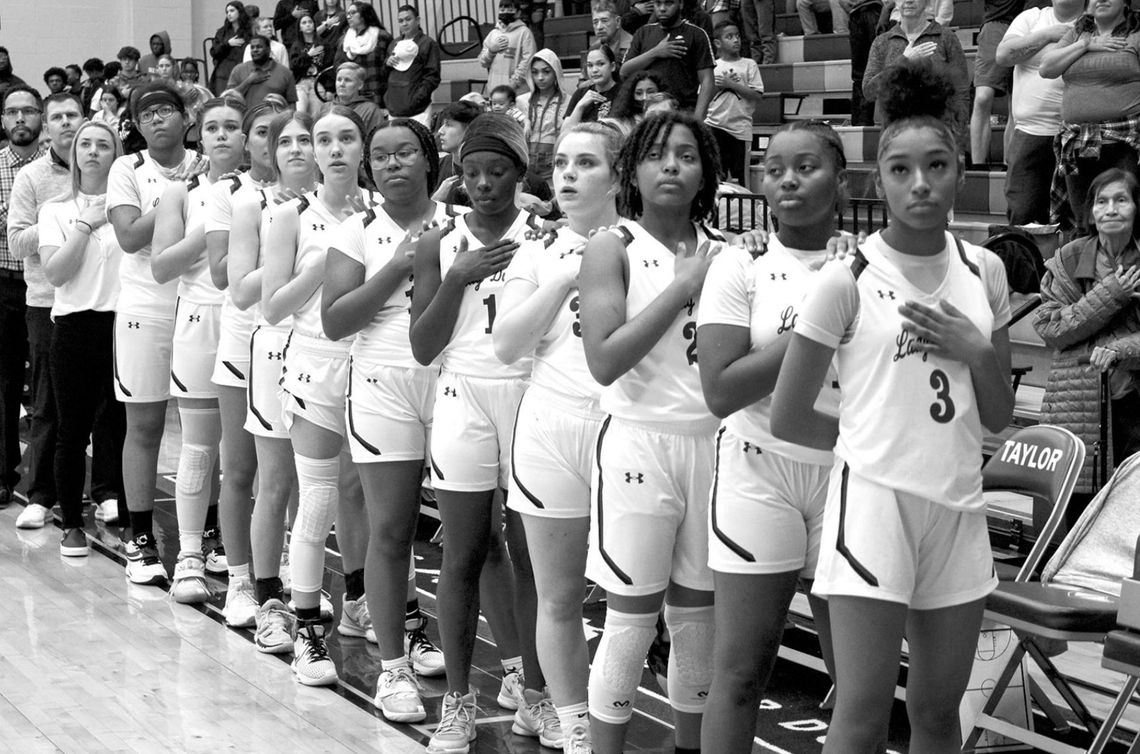Female sports have come a long way since gender equality. Competition has become just as exciting as in men’s sports and just as anticipated and entertaining.
In 1964, the Civil Rights Act ended discrimination based on sex, religion, race, color and national origin in the area of employment. However, it did not prohibit gender discrimination in public education and federally assisted programs, including high school and collegiate athletic programs. That all changed on June 23, 1972, when Title IX was signed into law by President Richard Nixon.
In 1971, before Title IX passed, only 1% of college athletic budgets went to women’s sports programs. At the high school level, male athletes outnumbered female athletes 12.5 to 1.
“I believe that when it comes to equipment, uniforms, supplies, facilities, travel, scheduling, medical services and other administrative areas of female sports,” said Shelli Cobb, Taylor Assistant Athletic Director. “Title IX has done a great deal to level the playing field between male and female sports. Here in Taylor, our female athletes are allowed the same opportunities as our male athletes overall.”
In addition to equal sports participation opportunities, Title IX protects students by requiring that schools also provide to the historically underrepresented females in athletics equivalence in the other athletic benefits and opportunities that accompany sports participation.
Eleven categories of benefits that reflect the quality of the sports offerings at a school, a classification scheme also represented by the acronym PLAYING FAIR.
• Protective athletic equipment, uniforms and athletic supplies
• Locker rooms and practice/competition facilities
• Allocation of travel/ transportation/per diem benefits
• Years of experience, compensation and quality of coaches
• Institutional housing and dining facilities and services
• Nature of publicity, marketing and media services
• Game and practice times and scheduling
• Facilities for and access to athletic training and medical services
• Academic tutoring services for studentathletes
• Institutional support services for athletic programs
• Recruiting resources provided to athletic programs
“I am always so excited to see my female athletes succeed. However, It is hard to coach young ladies who work incredibly hard to be successful in sports, and then see them disappointed by the lack of support they receive from the student body and fans alike,” said Cobb. “Title IX can legislate equality in equipment, opportunities, supplies, facilities, etc, but it cannot make female sports important in people’s minds. I’m not sure how we do that. I wish I knew.”
Though equal, female sports still come up short on generating revenue and attendance in the high school ranks.
“Ultimately, in order for female sports to be fully equal, we would have to see a total change in the mindset of our country. Fans do not attend female sporting events the way they attend male sporting events,” said Cobb. “Most female sports do not generate as much revenue and are not as widely covered by the media as their male counterparts. All of this points to a popular mindset that female sports are not as important as male sports.”




